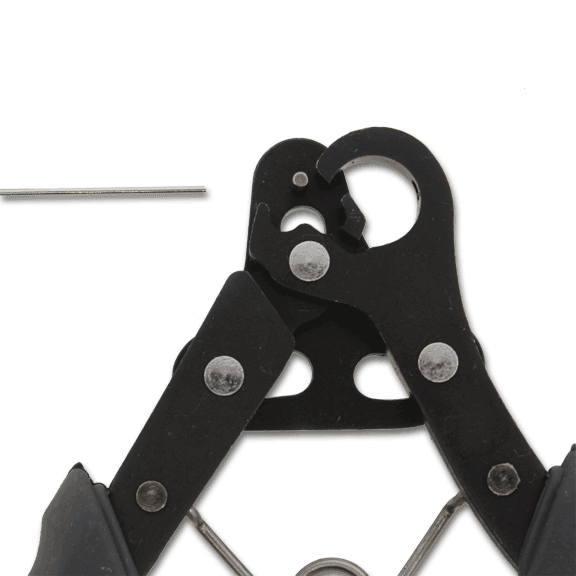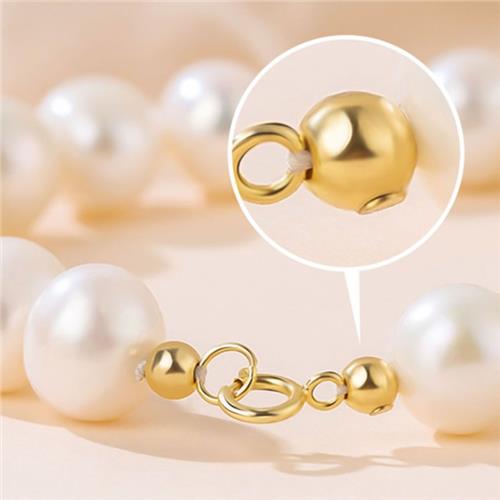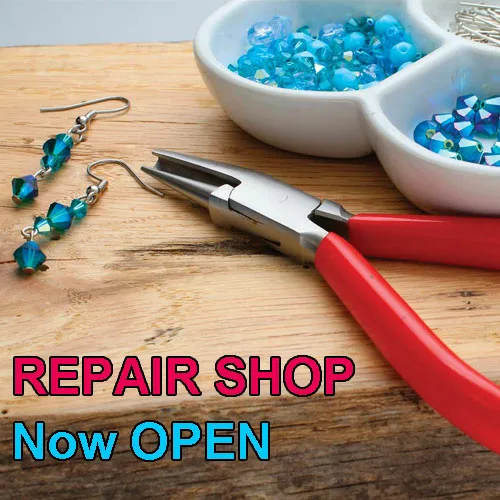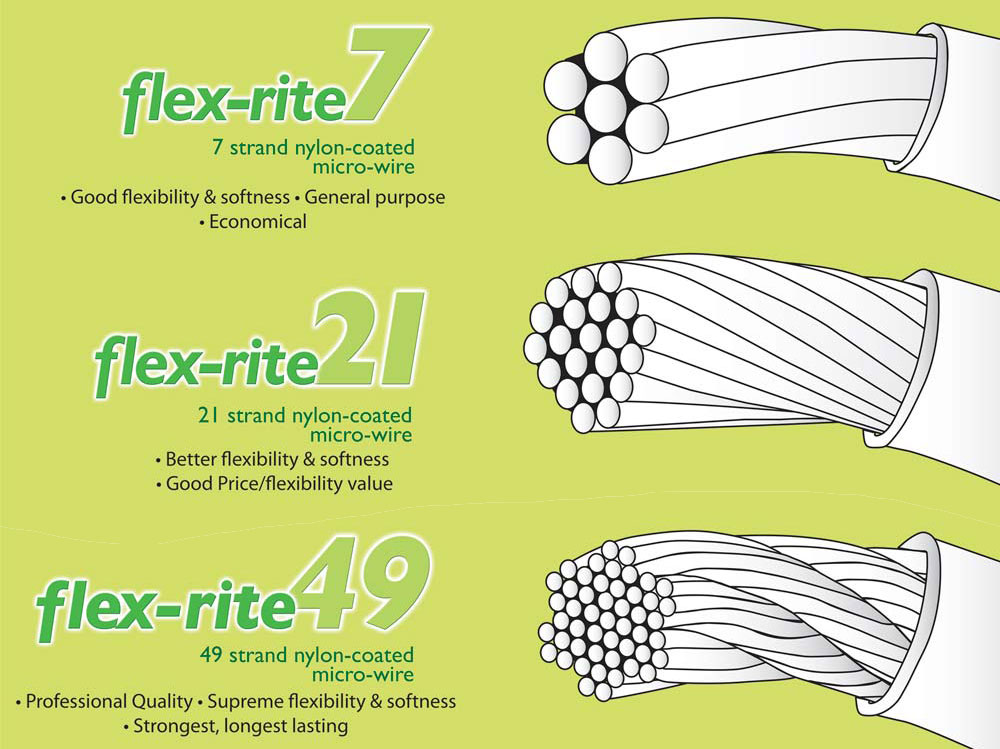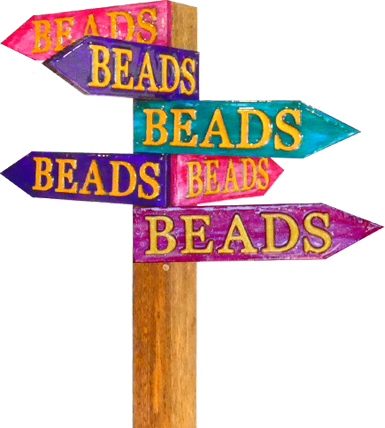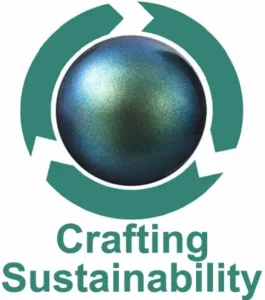You may have heard of the term before, but what exactly are Czech beads? What’s unique about the making of Czech beads and why did they end up with their name? If you’ve been confused about the term or seen beads described as ‘Czech glass beads’, wonder no longer!
In this article, we’ll explain how Czech glass beads are made, how the process has evolved over time and what sets these beads apart from the rest.
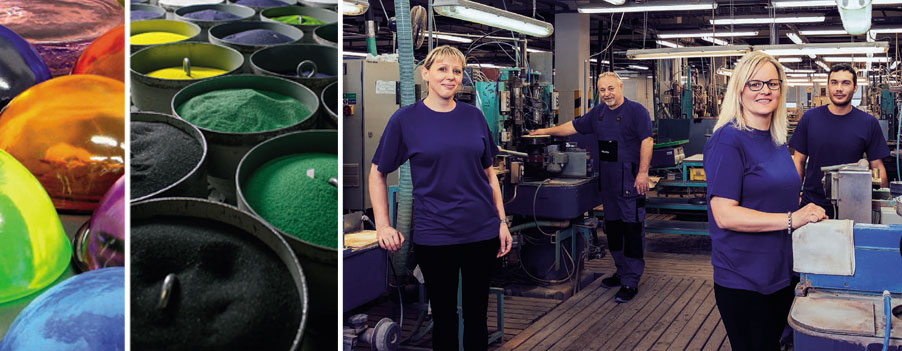
Why ‘Czech beads’?
The process of making Czech beads is an ancient, handmade process that relies on the expertise of well-trained artisans. They take their name from the modern Czech Republic, but these beads and their unique craftsmanship pre-dates the Czech Republic, Czechoslovakia and even the modern nation-state.
In the region known as Bohemia, craftspeople took advantage of the natural deposits of sand, quartz and abundant flowing water to master the art of glass blowing and, in particular, glass beads. Drawing on traditional techniques from the Egyptians and other ancient civilisations, these Czech and bohemian artisans began experimenting with different methods, producing what soon became beads of such extraordinary quality that the name ‘Czech beads’ became synonymous with fine craftsmanship around the world.
How are Czech glass beads made?
Because Czech beads have been made for centuries by small family businesses and artisans, the exact methods for making Czech beads are a closely guarded secret. However, the basic process is that large rods of molten coloured glass are pressed into moulds of different shapes and sizes with a needle in between to form a hole. Beads made in this way are called Czech-pressed glass beads. Fire-polished beads are another type of Czech bead, which are roughly cut into faceted shapes and then heated in large ovens, which softens the cut edges, adding lustre and shine in the process.
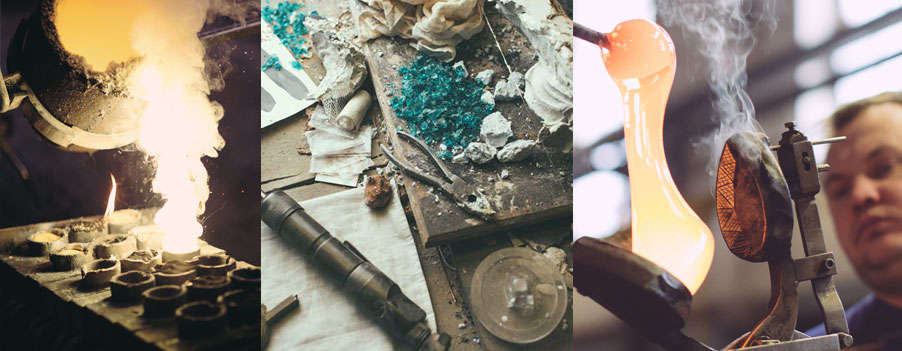
What are Czech beads made of?
All Czech beads are made from coloured glass produced in the Czech Republic. They’re made from responsibly sourced local Bohemian sand. It’s a lead-free glass and crystal alternative that comes in various colours and can be processed using the fire polishing method to create an even more lustrous and high-shine surface.
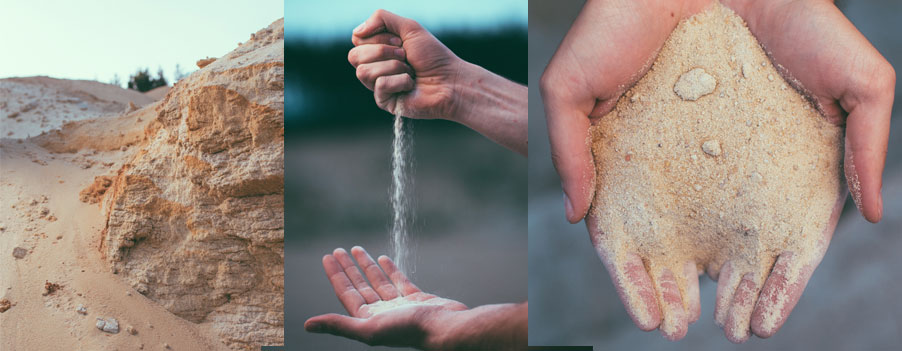
What’s the difference between Czech beads and Swarovski beads?
Unlike Czech glass beads, Swarovski beads are made using crystal glass which contains lead and is slightly harder than their glass counterparts. Only beads manufactured by the Austrian company Swarovski can be called by that name. Swarovski crystal beads are often defined by their very precise faceted surface, while Czech glass beads tend to have more rounded shapes. Allowing more room to experiment and create different finishes, they can also be coated with matte finishes, patterns and metallic effects.
Are Czech glass beads only from the Czech Republic?
Yes — Czech beads come from large and small manufacturers in the Czech Republic, now referred to as Czechia. Czech glass beads are still made using traditional and time-honoured techniques, which gives them their reputation for being high-quality. Many small independent jewellers and hobbyists like to work with Czech glass beads because they have various styles and colours and are durable, premium-quality materials.

Where can I buy Czech glass beads?
At Beads N Crystals, we stock an exceptional selection of Czech beads, perfect for creating earrings, bracelets, necklaces, bags, and so much more. Browse our online store and discover the range of high-quality beads, tools and materials to bring your beading ideas to life.
Looking for something in particular or need more information about a type of bead? No worries! Our friendly team is here to help. Get in touch with us and we’ll help you with all your bead-related questions.
- How To Identify Czech Glass Beads - March 27, 2023
- How Are Czech Glass Beads Made - March 27, 2023
- How To Make Stone Beads - March 27, 2023



